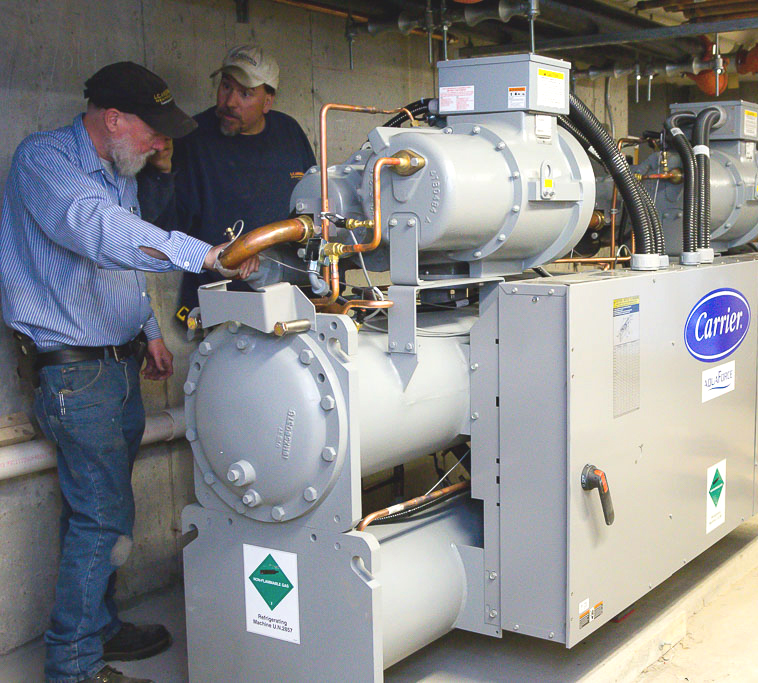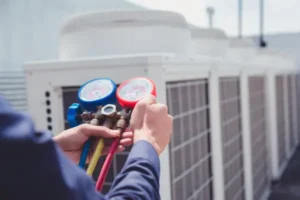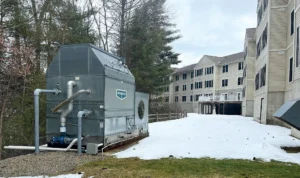Commercial HVAC lead times aren’t getting shorter anytime soon. Getting out ahead of HVACR repair and replacement has never been more critical. Since the pandemic’s beginning, product shortages and supply chain issues have become commonplace. Nearly every industry has been impacted, and commercial HVACR is no exception.

The primary reasons for the shortages are shifting consumption patterns and persistent effects from COVID-19, including insufficient production staff, transportation logistics, backlogged ports, and the lack of truck drivers.
According to Chris Czarnecki, ACCA government relations manager, in an ACHR news article, the problem isn’t confined to region or industry.
“We’ve heard from contractors across the country that are having inventory challenges, especially when it comes to refrigerants as well as finding parts and equipment. Unfortunately, this issue isn’t restricted to just the HVACR industry, as it seems supply chain constraints have touched every corner of the American economy.”
With equipment manufacturing, supply chain, and logistics issues combined, we are experiencing longer lead times in the range of 6-9 months with no end in sight. We urge customers to take a proactive approach to avoid HVACR equipment failure that can lead to critical situations and extended downtime.
Risk Management for Commercial HVAC Lead Times
The life of commercial HVAC systems depends on a variety of factors. On average, you can expect your equipment to last 15-20 years if well maintained.
15 Years or More
Facilities with old equipment at or beyond the expected life should take steps to prepare a replacement plan. Signs that indicate replacement is imminent can include uneven cooling or heating temperatures, unusual noises, strange odors, and chronic repairs.
Older than 10 Years
For systems that are more than ten years old, especially critical equipment with a heavy-duty cycle, we recommend a full system assessment and establishing a planned maintenance schedule to stay ahead of emergencies.
10 Years or Less
If your system is less than ten years old and in good working order, it still makes sense to have a planned maintenance program to uncover conditions that add stress to compressors or heat exchangers, as these too are experiencing longer lead times. A comprehensive planned maintenance program will maximize the life of the equipment and minimize the need for repairs.

In addition to the age and condition of the HVACR equipment, the criticality of the equipment on your business operations is a significant risk management consideration. If your equipment goes down, what is the impact on our business? If it is substantial and close to or beyond its expected life, planning for replacement now and getting the equipment on order is a wise investment. At the very least, consider increasing the frequency of inspection. Quarterly is recommended. As a trusted HVACR advisor, LC Anderson can help you anticipate your business’s unique risks with a complimentary systems health inspection. We will inspect your mission-critical equipment and make recommendations based on the cost of downtime and extended lead times.
We have built our reputation by solving problems and providing professional, knowledgeable, and responsive HVACR solutions. Unfortunately, in today’s uncertain environment, the quick turnaround times our customers have come to expect from our supplier partners and us requires additional pre-planning. The current circumstances are challenging, but a proactive approach will help protect your business from extensive lead times. Together we can anticipate the best solution for your unique needs.
Please get in touch with us if you have any questions or to schedule an appointment.



